Explained: Pakistan-Afghanistan border conflict
Why Pakistan and Afghanistan went from signing deals to exchanging fire in weeks
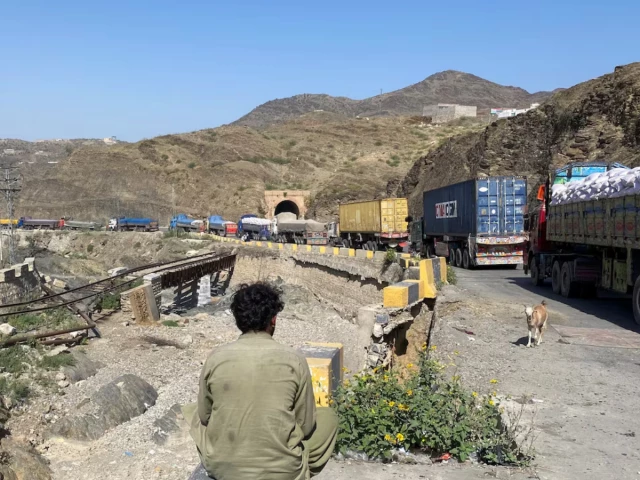
Sunday morning, for the second time this year, we woke to the news that Pakistan was at war again. This time it was with Afghanistan. Videos of Pakistani soldiers standing on top of Afghan border posts flying the Pakistan flag circulated on WhatsApp. Why was this happening?
Weren't our relations with Afganistan warming? We had agreed to a train from Peshawar to Kandahar and, for the first time in three years, both countries had appointed ambassadors.
We were getting along so well that Pakistan and China said that we would extend CPEC 2.0 to Afghanistan. Foreign Minister Ishaq Dar had just faced the cameras with a big smile as he stood hand-in-hand with the Afghan and Chinese ministers in Kabul.
When a deadly earthquake shook Afghanistan a month ago, we promptly dispatched 105 tons of aid.
But all along, in the background, terrorist attacks in Pakistan continued to cast a shadow over every handshake, every agreement, and every act of engagement, all of which had come with one condition: the Taliban must stop protecting terrorists.
Read: Failure to enforce National Action Plan is enabling surge in terrorism: DG ISPR
Both Ishaq Dar and Chinese Foreign Minister Wang Yi had made clear to the Taliban leadership at a meeting in Kabul that, as long as Afghanistan continued to harbour regional terrorist groups, real progress in diplomatic relations would remain elusive. Pakistan had data to back it up.
Pakistan was recording a 45% rise in deaths in a decade. Attacks had doubled to 1,099 in 2024 in just a year.
In 2025, Pakistan's army conducted 57,000 operations, killing 970 terrorists. And 311 soldiers had been martyred.
A staggering 70% of men behind Tehreek-e-Taliban Pakistan attacks were Afghans. It used to be as little as 5% in previous years.
Pakistan was ranked the second most-affected country in the Global Terrorism Index. And the TTP is now labelled as the world's fastest-growing terrorist organisation, with a 90% increase in killings.
And it begins...
On October 8, the Afghan foreign minister landed in India. The following evening, two powerful explosions shook Kabul.
According to Pakistani security sources, the explosions were the result of Pakistani airstrikes targeting the TTP leadership. While Pakistan did not officially confirm the strike, the timing raised eyebrows and all signs pointed towards Islamabad.
The next day, director-general of the Inter-Services Public Relations, Ahmed Sharif Chaudhry, held a press conference in Peshawar. He sidestepped questions about reports blaming Pakistan.
Read more: Over 200 Afghan troops killed, 23 soldiers martyred in retaliatory strikes against Afghanistan: ISPR
Meanwhile, in India, Afghan Foreign Minister Amir Khan Muttaqi condemned the Kabul explosions and aimed criticism at Pakistan. “Whatever the problems are in each country should be solved by themselves,” he said, arguing that, “deflecting” responsibility would not absolve authorities of their obligations to regional peace".
By Sunday night, shelling echoed across the border. According to Pakistani security sources, Afghan Taliban forces, supported by Indian-sponsored elements of the Fitna al-Khawarij (Pakistan’s state-designated term for the banned TTP) had launched an unprovoked attack along multiple sectors (Angoor Adda, Bajaur, Kurram, Dir, Chitral in Khyber Pakhtunkhwa, and Baramcha in Balochistan).
Also read: President, PM ask Kabul to rein in terrorists
The firing was reportedly aimed at facilitating the entry of Khawarij into Pakistani territory.
Afghanistan claimed the aggression was retaliation for the Kabul airstrikes. “There is no kind of threat in any part of Afghanistan’s territory,” Taliban spokesman Zabihullah Mujahid said. “The Islamic Emirate and the people of Afghanistan will defend their land and remain resolute and committed in this defence.”
Pakistan’s military rejected Afghanistan’s account of events.
According to the ISPR, Pakistan’s forces killed more than 200 Afghan Taliban fighters in the overnight clashes. It confirmed that 23 Pakistani soldiers were martyred in the crossfire. Afghanistan says the number is 58. As the sun came up, Pakistan shut its border crossings with Afghanistan.
By Wednesday morning, guns were blazing along the border at Chaman. Afghan Taliban fighters, in coordination with terrorists linked to Fitna al-Khawarij, launched attacks at three points near the border.
During the attack, terrorists blew up the Pak-Afghan Friendship Gate which is a key crossing point for civilians.
On Wednesday, Ministry of Foreign Affairs announced that Pakistan and the Afghan Taliban regime have agreed to a 48-hour ceasefire, starting October 16 at 6pm. We will continue to report on the developments.








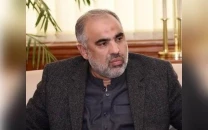
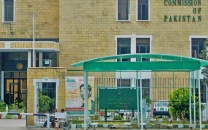




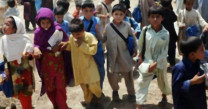
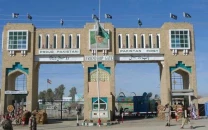
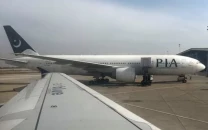

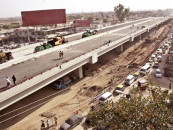









COMMENTS (11)
Comments are moderated and generally will be posted if they are on-topic and not abusive.
For more information, please see our Comments FAQ